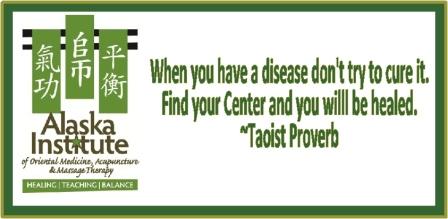Every
natural medicine in the world recognizes that the flavor of the food we eat not
only provides a variation in taste, but has specific therapeutic actions that
allow all of our food, each time we eat, to be a form of medicine to us. This actually happens whether or not we
intend it.
When we eat a flavor in moderation, we allow great benefits to be presented to the cells of our body. This creates the opportunity for abundance and optimal health.
TOO LITTLE: When we eat a flavor in deficiency
(too little), there are amazing and wonderful substances that our body needs
but we don’t get them and we create a state of deficiency in our body.
TOO MUCH: Also, when we eat a flavor in excess (too much), we cause other conditions of excess within ourselves and we can clog things up and accumulate masses of stuff.
In the Five
Element Nutrition of Chinese Medicine, the 5 Flavors and their actions when
used in moderation are:
·
Pungent – disperses, increases circulation,
warms
·
Sweet – tonifies and moistens
·
Sour – astringes, promotes digestion
·
Bitter – resolves damp, dries,
detoxifies
·
Salty – softens hard masses, affects
body fluids
In the U.S., we tend to be a society of excess, and particularly we massively overuse the flavors of Sweet and Salty, while grossly underusing the flavors of Sour and especially Bitter.
Right now, as we approach the season of Spring, we are coming out of Winter when we normally eat food that is richer and heavier. At this time our bodies want (and need) to detoxify, clean out – do a little Spring Cleaning on ourselves.
BITTERS is an excellent addition to our diet right now, from March through the end of May.
I have been playing around with varieties of the Bitter flavor, and I found an herbal product that I really love, Bitters in tincture form from Urban Moonshine, a very cool herbal company in Vermont. To use them, add about ½ to 1 dropper to a small glass of water and drink it either 15 minutes before or after a meal.
Here’s a link to a really informative on-line free lecture on the Benefits of Bitters from Urban Moonshine master herbalist, Guido Mase: https://soundcloud.com/urbanmoonshine/guido-mase-bitters-lecture
My best tip for Spring – bring some Bitters into your life and enjoy the benefits of gently detoxifying your beautiful mind-body-spirit! I’d love to hear back on how your digestive health changes from using them.
To our abundant health,
Cynthia McMullen
Instructor: Five Element Nutrition
Alaska Institute of Oriental Medicine, Acupuncture & Massage Therapy









